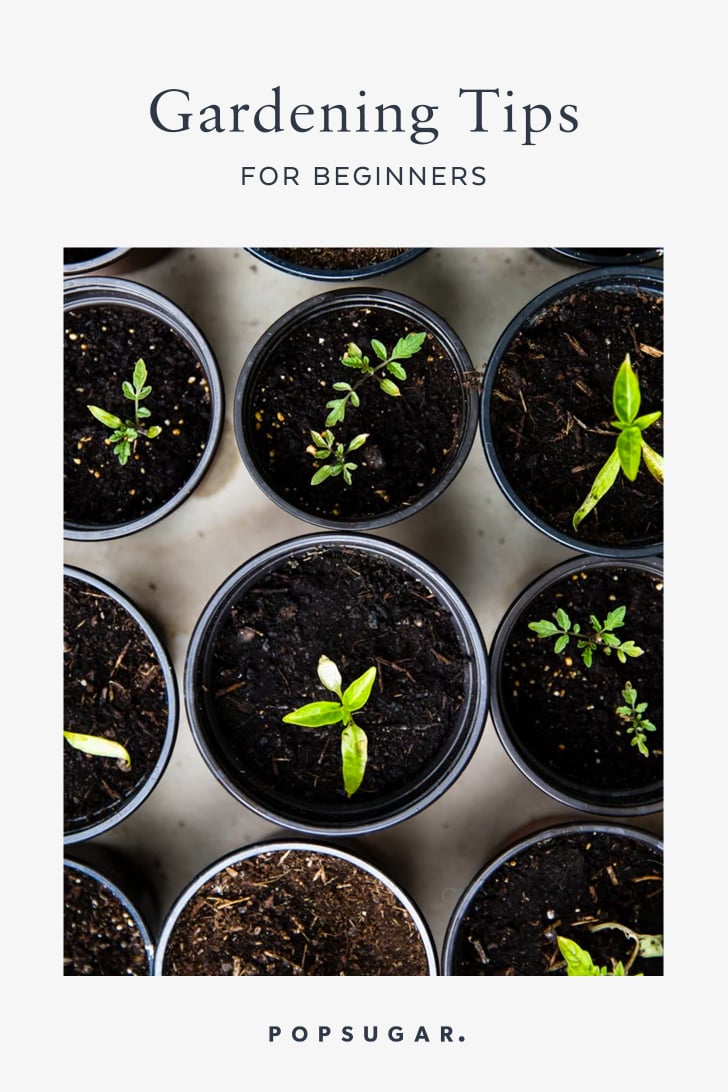Some Of "Organic Pest Control: How to Keep Your Garden Free of Harmful Chemicals"

Container gardening is an excellent method to cheer up up your outside area, no matter how major or tiny. Whether you have a patio, patio, or even simply a windowsill, container horticulture enables you to expand vegetations in a minimal area and enjoy the perks of fresh fruit and vegetables or gorgeous flowers.
If you're brand new to container gardening and aren't certain where to begin, this utmost resource will help you get started with everything coming from opting for the correct containers and soil to deciding on the absolute best plants for your room.
Deciding on Compartments
The first measure in effective compartment gardening is opting for the appropriate containers. When deciding on containers, take into consideration the measurements of your plants. Vegetations that need a whole lot of root area will certainly call for bigger compartments than those that possess shallow origins.
You can utilize any type of type of container for your landscape as long as it has drainage openings in the bottom. Some prominent options include plastic flowerpots, ceramic planters, and wooden containers. Maintain in thoughts that bigger compartments will be bigger and much more complicated to relocate around when loaded along with ground.
Preparing Ground
The kind of ground you make use of in your compartment garden is critical for healthy plant growth. Decide on a high-quality container mix that includes nutrients like peat marsh or garden compost.
Just before planting your seeds or seedlings, moisten the container mix thoroughly by including water until it's evenly damp but not saturating damp.
Deciding on Plants
When deciding on vegetations for your compartment landscape, consider the amount of sunlight they'll receive throughout the day. Some vegetations demand total direct sunlight while others like limited color.

Weeds like basil and mint are easy-to-grow possibilities for amateurs while tomatoes and peppers require additional care but produce tasty fruit products with effective care.
Watering Your Vegetations
Sprinkling is vital for well-balanced plant development. fertilization dry out out much faster than standard gardens due to their restricted soil amount therefore help make certain to sprinkle them frequently - commonly once per time during scorching weather condition time periods. Use a sprinkling canister or pipe nozzle add-on on low pressure to steer clear of disturbing the soil.
Enriching Your Vegetations
Fertilizer supplies vital nutrients for plant growth. Select a balanced fertilizer that consists of equivalent amounts of nitrogen, phosphorus, and blood potassium. Administer fertilizer according to deal paths, commonly every two to four full weeks.
Pest Control
Parasite like aphids, mites, and whiteflies may destroy your plants. Examine your vegetations consistently and take out any bug you locate through palm. Utilize insecticidal cleansing soap or natures neem oil if needed but utilize it moderately to steer clear of harming advantageous pests like honey bees.
Collecting Your Vegetations
When your plants are prepared for produce relies on the style of plant you're increasing. Some vegetations like herbs can be collected frequently while others like tomatoes are going to make a entire crop at once.
Enjoy the fruits of your work by cooking with clean natural herbs or creating mixed greens with homemade veggies!
In conclusion, compartment horticulture is an superb method to take pleasure in clean fruit and vegetables or attractive flowers in a limited room. Comply with these tips for opting for compartments and dirt, picking plants, watering and enriching them appropriately, controlling pests, and gathering your crops properly!
